
Transit, walking and biking are critical components of a 21st century transportation system in Colorado but have been underfunded for decades. Without significant investments in transit, biking and pedestrian services and infrastructure, Colorado will not be able to meet the demands and challenges of our shifting demographics and growing population, and will miss out on the many benefits transit, walking and biking provide.
View this complete post...











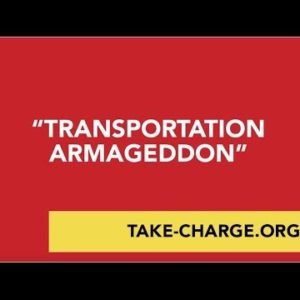

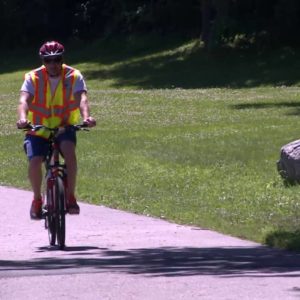


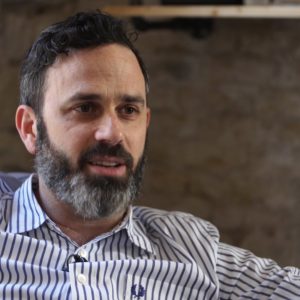
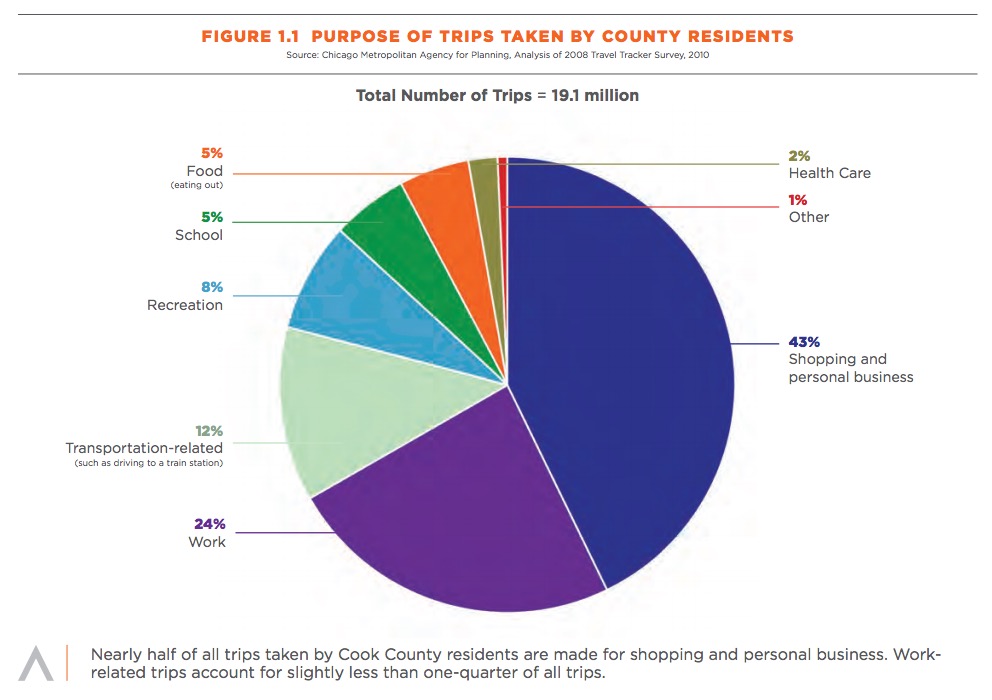
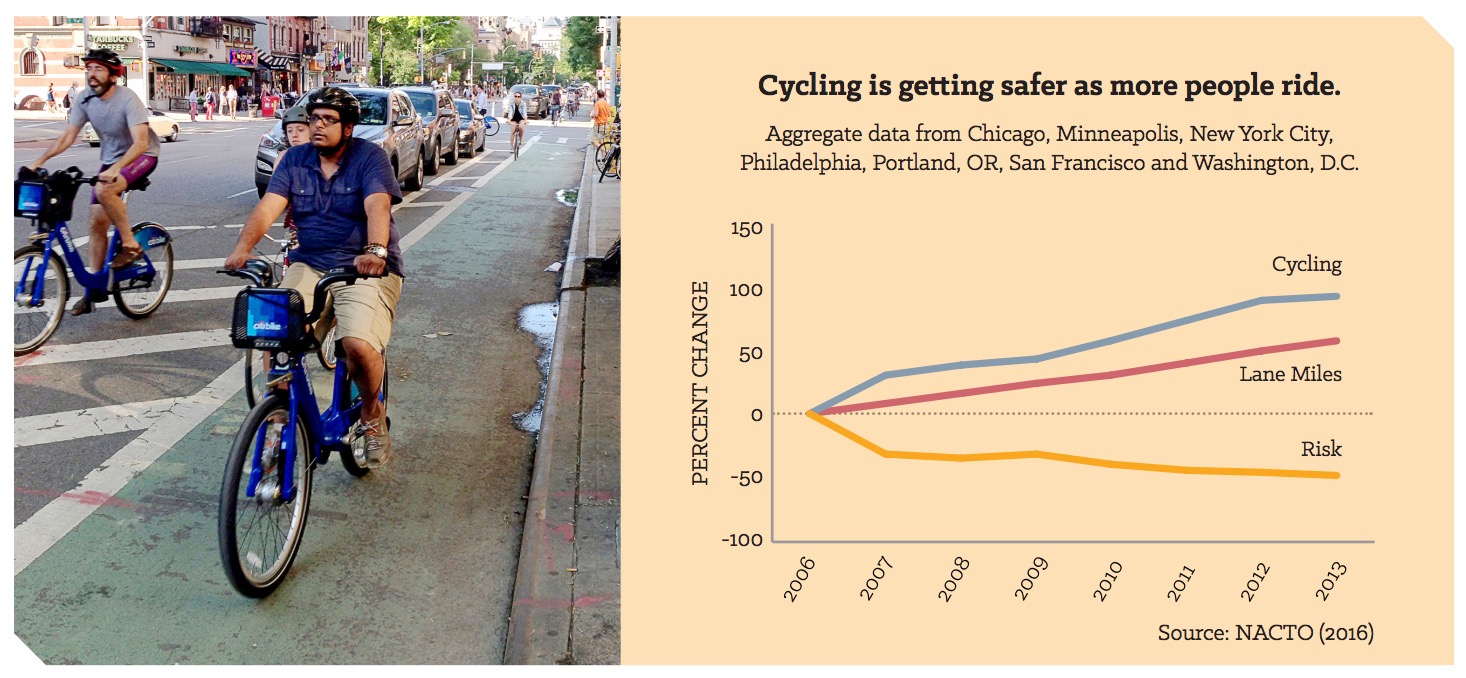
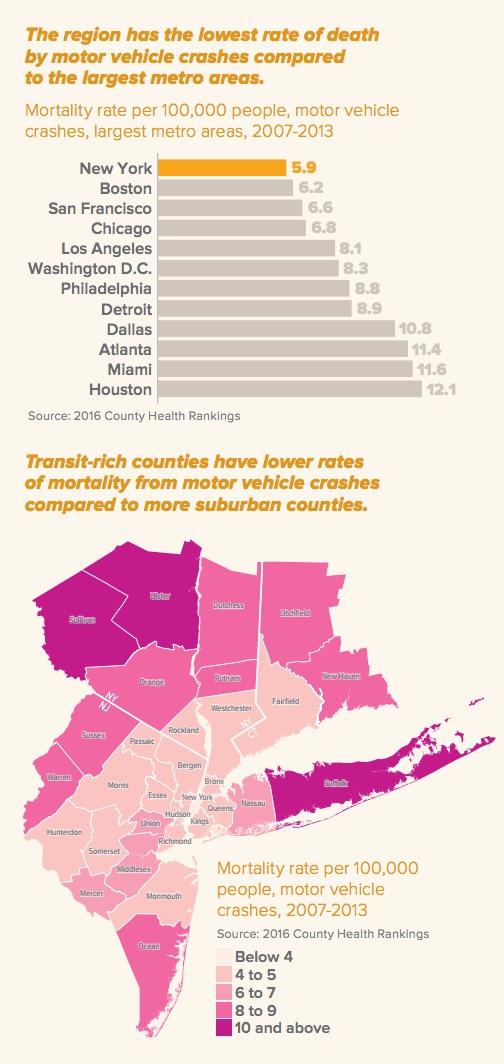

 RSS Feed
RSS Feed